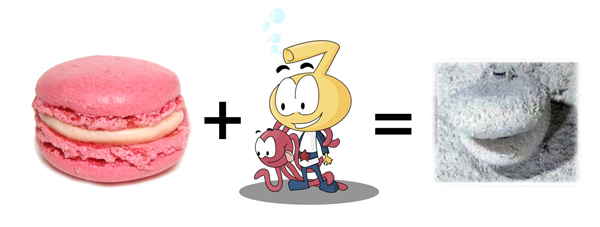 In the shallow waters where sunlight penetrates, life is easy because food abounds. In the deep sea, life sucks because food is scarce. In landscape of the oceans, shallow water is a suburban enclave and the deep sea is the mean urban streets.
In the shallow waters where sunlight penetrates, life is easy because food abounds. In the deep sea, life sucks because food is scarce. In landscape of the oceans, shallow water is a suburban enclave and the deep sea is the mean urban streets.
Sea squirts, aka tunicates, in shallow water are more like, “Hey look at me! Food is everywhere. I’m just gonna sit her on my fat tunicate ass, play GTA5, and filter that yummy food out of the water.”
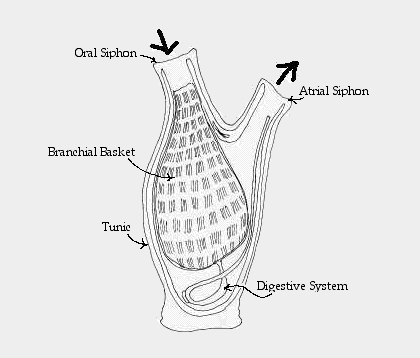 The atrial siphon is located on D. antirrhinum’s top. Stare closely and long enough and you will see my favorite Hanna-Barbera cartoon character from the 80’s—a Snork. Of course a big mouth is no good without some muscles to back it up. And o’ do muscles flourish! Circular muscles surround the lips, longitudinal muscles run both along the top and bottom of the mouth, and set of oblique muscles link the corners of the lips right the digestive system. Tiny crustaceans are not leaving this tunicate trap.
The atrial siphon is located on D. antirrhinum’s top. Stare closely and long enough and you will see my favorite Hanna-Barbera cartoon character from the 80’s—a Snork. Of course a big mouth is no good without some muscles to back it up. And o’ do muscles flourish! Circular muscles surround the lips, longitudinal muscles run both along the top and bottom of the mouth, and set of oblique muscles link the corners of the lips right the digestive system. Tiny crustaceans are not leaving this tunicate trap.
Impressed yet? Well, consider that the name antirrhinum is homage to the genus of flowers Antirrhinum. You know the flowers better as snap dragons so called because the flowers resemble the face of a dragon that opens and closes its mouth when laterally squeezed.
A. Mecho, J. Aguzzi, J.B. Company, M. Canals, G. Lastras, X. Turon (2013) First in situ observations of the deep-sea carnivorous ascidian Dicopia antirrhinum Monniot C., 1972 in the Western Mediterranean Sea. Deep-Sea Research, Pt. 1 http://dx.doi.org/10.1016/j.dsr.2013.09.007
BONUS: In quality only USA and Hanna-Barbera in the 80’s could deliver here is the opening to the Snorks.


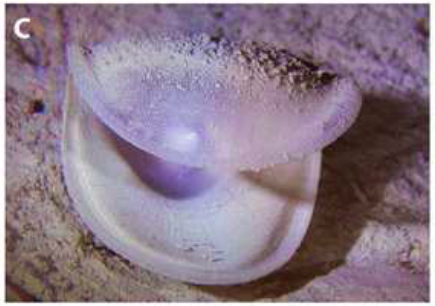
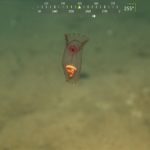
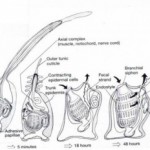
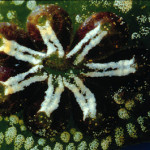

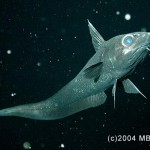
They said the french invented the macarons and here they are sittign at the bottom of the ocean. :)
——————
to leanr how to make real macarons see http://www.TheMacaronMaster.com
So does this species have a shorter “neck” than the other predatory tunicates? And does it have a rougher, more opaque surface or is it just covered in muck? Seems like it aims for more camouflage.